Services
The unique set of skills in Osteopathy, Craniosacral, Neuromuscular Physical Therapy, Sports Therapy, Orthopaedic, Sports and deep tissue massages, Pilates, yoga, and strength conditioning is the reason behind our excellent track record in treating even the most complicated spinal conditions.
Our expertise
The clinic specialises in non-surgical, multidisciplinary treatments for spinal and postural disorders, including:
- Non-Surgical Spinal Decompression: For herniated/bulging discs, sciatica, and degenerative disc disease (88.9% success rate in clinical outcomes).
- Osteopathic Care: Integrating structural osteopathy, craniosacral therapy, visceral osteopathy (Barral Institute methods), and neuromuscular physical therapy.
- Rehabilitation Programs: Total Back Rehab course for chronic conditions (e.g., fibromyalgia, arthritis) and post-surgical recovery.
- Complementary Therapies: Sports massage, Pilates, yoga, and ergonomic/postural counselling.
Unique differentiators
- Visceral Osteopathy: Addresses internal organ dysfunctions contributing to spinal pain (e.g., digestive/hormonal issues).
- Advanced Technology: Sole provider in Drogheda of motorised Non-Surgical Spinal Decompression and focused Extracorporeal Shockwave Therapy (ESWT).
- Patient Education: Empowers clients through tailored home exercise plans and ergonomic adjustments.
Learn more about…
Osteopathy
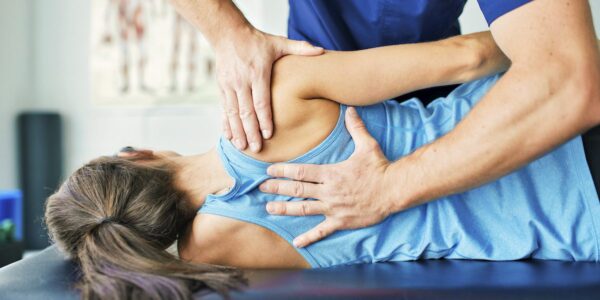
End back pain

Non-Surgical Spinal Decompression
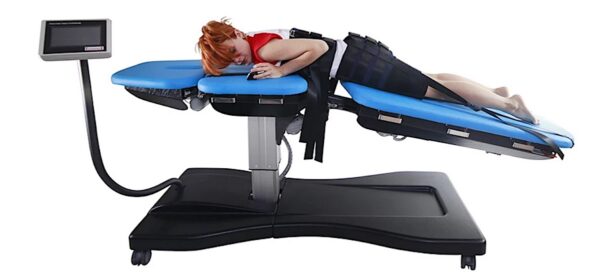
Extracorporeal Shockwave Therapy
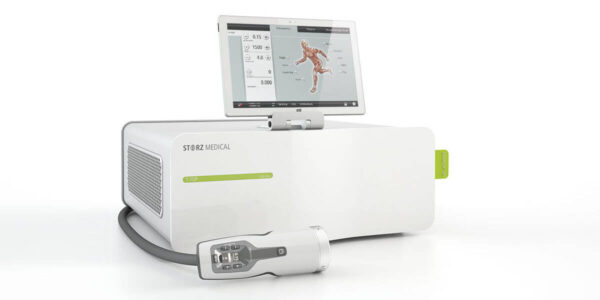
Exercise Therapy
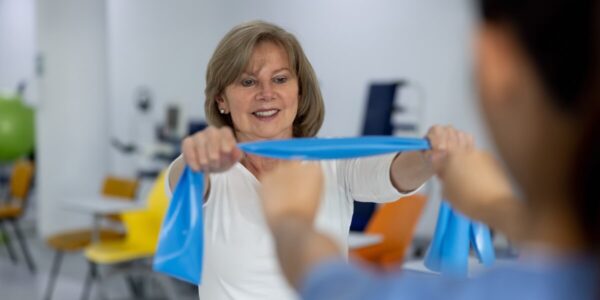
Sports Medicine
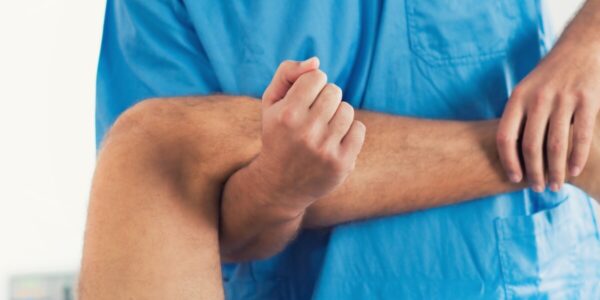
Neuromuscular Therapy
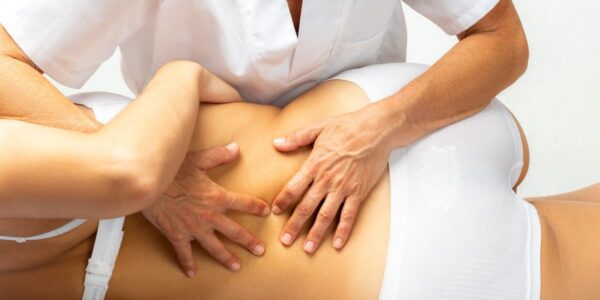
Sports Massage
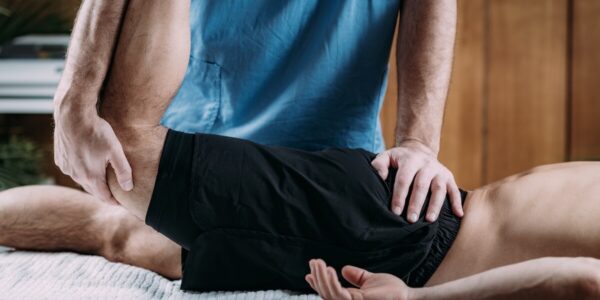
Deep Tissue Massage
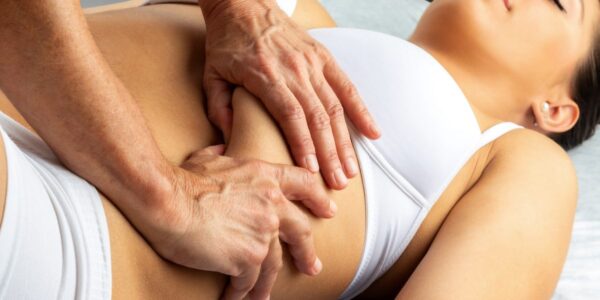
Electrotherapy
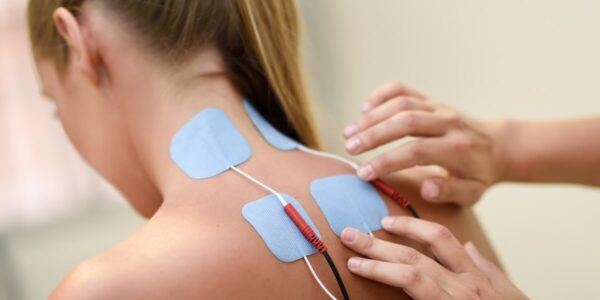
Strapping/Taping

Yoga therapy
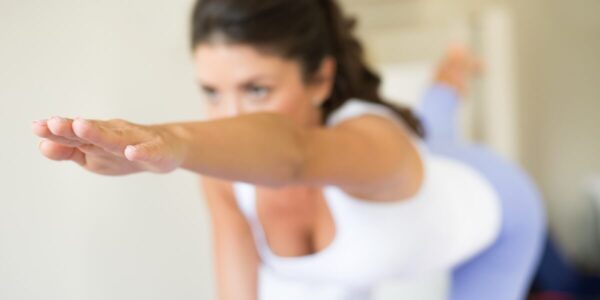
Clinical Pilates
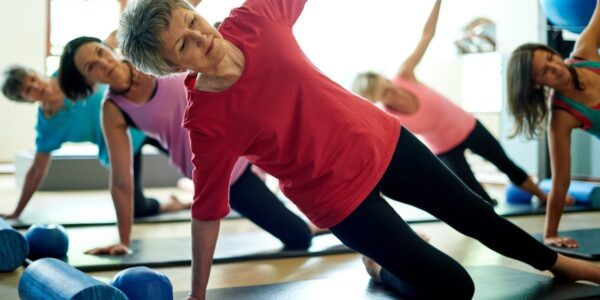
Does any of this sound familiar?
- Have you already tried several different treatments, but you're still in pain?
- Frustrated by treatments that only give short-term relief?
- Do you believe most clinics don’t understand your real problem?
- Have you been told you might need surgery?
- Are you worried your painful condition will be around forever?
If you answered YES to any of these, you’re not alone. People just like you see us every day. We may be able to help. Make an appointment for an evaluation.
